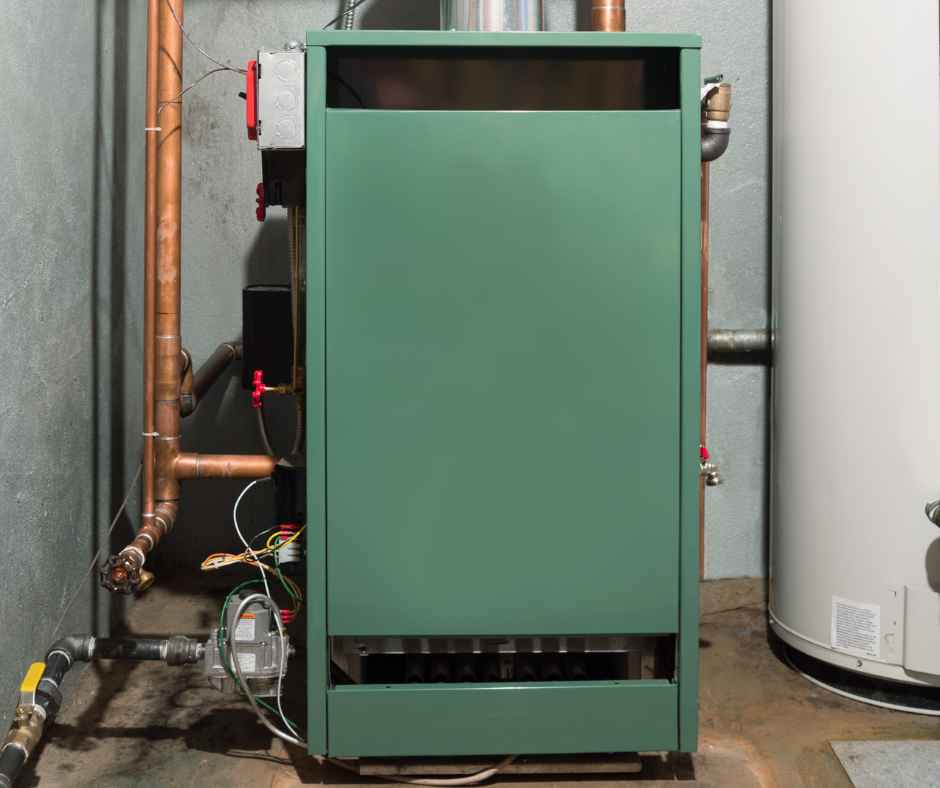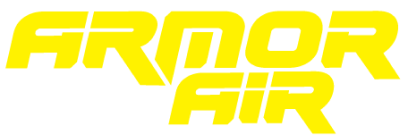Closed: Sun for God + Family time
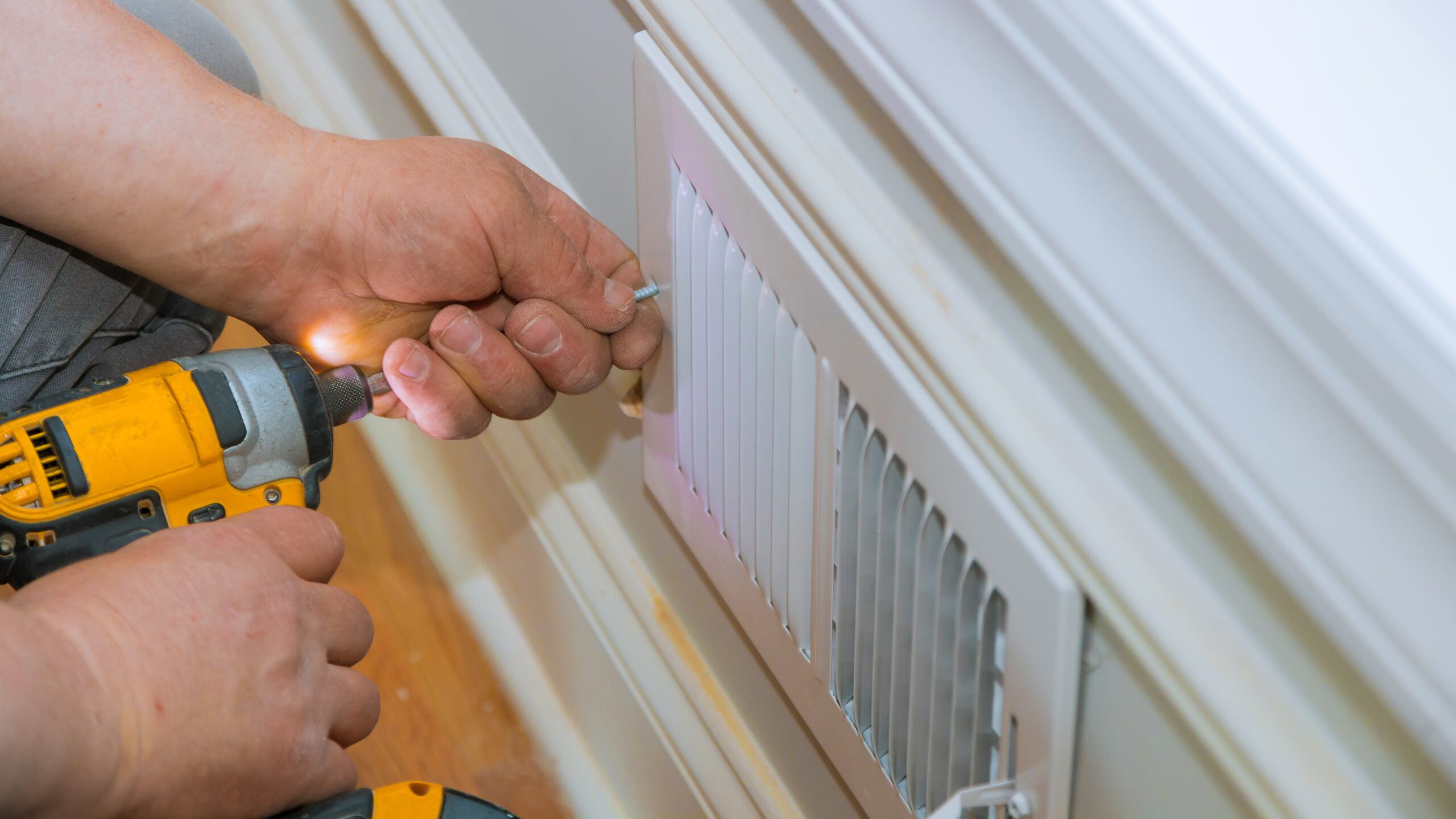
Air Ducts: Cleaning and Maintaining your Home’s Air Ducts
In the labyrinth of your home’s infrastructure, concealed within walls and ceilings, lie a vital yet often overlooked component of your living space – air ducts. These unassuming passages play a crucial role in ensuring a comfortable and healthy indoor environment, facilitating the circulation of heated or cooled air throughout your home. While they quietly perform their duty, they are not immune to the accumulation of dust, debris, and contaminants. Neglecting the maintenance of your home’s air ducts can lead to a range of issues, from poor indoor air quality to increased energy consumption and the early retirement of your HVAC system.
The Air Duct System
The anatomy of a typical air duct system comprises two main types of ducts:
Supply Ducts: These ducts are responsible for distributing treated air from your HVAC unit to the different rooms in your home. They are equipped with vents or registers that release conditioned air into your living spaces.
Return Ducts: These ducts are tasked with drawing the unconditioned air from inside your home back into the HVAC system. They help maintain a balanced air pressure in your home, ensuring proper circulation of conditioned air.
How do air ducts work?
The operation of air ducts is simple but crucial for maintaining a comfortable indoor environment. Here’s how they work:
Air Intake: Your HVAC system draws in air from your living spaces through the return ducts. This air can contain dust, pollen, pet dander, and other particles.
Filtration: Before this air re-enters the HVAC unit, it typically passes through a filter. The filter’s primary function is to trap contaminants, preventing them from entering the HVAC unit and eventually being distributed back into your home.
Conditioning: After filtration, the air is either heated or cooled to your desired temperature by the HVAC unit. This conditioned air is then pushed into the supply ducts.
Distribution: The supply ducts transport the conditioned air to various rooms through registers or vents. The air is then released into your living spaces, creating a comfortable atmosphere.
Air Return: As the conditioned air circulates through your home, some of it returns to the return ducts, completing the cycle. The return ducts take this air back to the HVAC unit for further processing.
Common contaminants in air ducts
Over time, air ducts can accumulate a variety of contaminants, which is why regular maintenance is essential. Common contaminants include:
Dust and Debris: As air is pulled into the return ducts, it can carry dust, dirt, and other particles with it. These particles settle in the ducts and can be circulated throughout your home.
Mold and Mildew: Moisture in the ducts, often due to condensation, can create an environment conducive to the growth of mold and mildew.
Pollen and Allergens: Allergenic particles, like pollen and pet dander, can accumulate in the ducts, contributing to poor indoor air quality.
Insects and Pests: Small insects, rodents, and other pests may find their way into air ducts, leaving behind debris and contaminants.
Understanding the basics of your home’s air duct system is the first step toward recognizing the need for maintenance and cleaning. In the subsequent sections of this guide, we will explore how often you should clean your air ducts, the costs involved, and the many advantages of maintaining clean and efficient ductwork in your home.
How Often Should You Clean Your Air Ducts?
Maintaining clean and efficient air ducts is essential for ensuring a healthy indoor environment and the optimal performance of your HVAC system. The frequency at which you should clean your air ducts can vary depending on several factors. Here, we’ll explore the recommended cleaning frequency, compare it to the average cleaning frequency, and examine the key factors that influence when you should clean your air ducts.
Recommended Cleaning Frequency
The Environmental Protection Agency (EPA) and the National Air Duct Cleaners Association (NADCA) provide guidelines on how often air ducts should be cleaned. According to their recommendations:
Every 3 to 5 years: In most cases, professional air duct cleaning every three to five years is sufficient to maintain good indoor air quality and HVAC system efficiency. This timeline can vary depending on factors such as the climate, local air quality, and the specific needs of your household.
Average Cleaning Frequency
In practice, the average frequency at which people clean their air ducts tends to be less frequent than the recommended guidelines. Many homeowners neglect this maintenance task or only schedule it infrequently, often due to budget constraints or lack of awareness about the benefits of regular cleaning.
The result is that, on average, air ducts are cleaned much less frequently than what experts recommend. In some cases, homeowners may go a decade or more without addressing their air ducts, allowing dust, allergens, and contaminants to accumulate.
Factors Influencing Cleaning Frequency
Several factors influence how often you should clean your air ducts:
Environmental Factors: Living in an area with high pollen counts, frequent construction, or industrial pollution can lead to faster accumulation of contaminants in your ducts, necessitating more frequent cleaning.
Household Habits: If you have pets, smoke indoors, or generate a lot of dust through activities like woodworking, your air ducts may need more frequent cleaning.
Allergies and Health Concerns: Individuals with allergies or respiratory conditions may benefit from more frequent cleaning to maintain good indoor air quality.
Previous Cleanings: If you’ve recently had your air ducts professionally cleaned, you may be able to adhere to the recommended cleaning frequency. However, note that it’s essential to monitor your ducts and adjust the cleaning schedule as needed.
The Cost of Air Duct Cleaning
Understanding the costs associated with air duct cleaning is an important consideration when deciding whether to invest in this maintenance task.
Average Cost of Professional Air Duct Cleaning
The cost of professional air duct cleaning can vary depending on several factors, including the size of your home, the complexity of your HVAC system, and the extent of contamination in your air ducts. On average, you can expect to pay:
Per Single Duct: The cost per single duct can range from $25 to $75. Larger and more complex systems may be on the higher end of this range.
Per Vent/Opening: The cost per vent or opening in your home can range from $15 to $30.
Total Cost: For an average-sized home with a standard HVAC system, professional air duct cleaning can cost anywhere from $300 to $1000 or more. Keep in mind that additional services, such as mold remediation or UV light installation, may incur extra costs.
DIY vs. Professional Cleaning Costs
While professional air duct cleaning offers thorough and efficient results, some homeowners opt for a do-it-yourself approach to save on costs. DIY air duct cleaning costs are typically lower, primarily consisting of the price of cleaning supplies, such as brushes, vacuum attachments, and filters. However, it’s important to note that DIY cleaning may not be as effective as professional cleaning, and it carries certain risks, such as damaging the ducts or spreading contaminants.
Cost-Saving Tips
If you’re looking to maintain clean air ducts without breaking the bank, consider the following cost-saving tips:
Regular Maintenance: Frequent filter replacement, cleaning vents, and keeping your home clean can reduce the need for professional cleaning.
Request Multiple Quotes: When hiring a professional service, request quotes from multiple companies to find the most competitive pricing.
Bundle Services: Some companies offer discounts if you bundle air duct cleaning with other HVAC services or home maintenance tasks.
Compare DIY Costs: If you opt for a DIY approach, compare the costs of renting or purchasing equipment with the price of professional cleaning to determine the most cost-effective solution.
Preventive Measures: Focus on preventing contamination in your ducts by addressing issues like leaks, sealing gaps, and maintaining a clean home environment.
Maintenance Plans: Consider signing up for an HVAC maintenance plan with a reputable provider, which may include air duct cleaning as part of the package.
Understanding the costs associated with air duct cleaning is essential for making informed decisions about the maintenance of your home’s HVAC system. Whether you choose professional cleaning or a DIY approach, the goal is to ensure clean, efficient ductwork, which in turn promotes healthier indoor air quality and extends the lifespan of your HVAC system.
Signs Your Air Ducts Need Cleaning
Recognizing the signs that your air ducts require cleaning is crucial for maintaining a healthy and efficient indoor environment. Neglecting the state of your ductwork can lead to various problems, from poor indoor air quality to reduced HVAC system efficiency.
Allergies and Respiratory Issues
One of the most common signs that your air ducts may need cleaning is an increase in allergy symptoms or respiratory problems among household members. Contaminants such as dust, pollen, pet dander, and mold spores that accumulate in your air ducts can be circulated throughout your home, triggering allergies and exacerbating respiratory conditions like asthma.
Visible Dust and Debris
If you notice dust and debris accumulating around your vents and registers, this is a clear sign that your air ducts may need attention. Excessive dust on surfaces in your home, particularly shortly after cleaning, suggests that the ducts are likely the source of the problem.
Unpleasant Odors
Lingering, unpleasant odors that persist despite thorough cleaning of your home can be an indication that your air ducts require cleaning. Ducts can trap odors from various sources, including cooking, pet odors, or even mold growth. Cleaning your air ducts can help eliminate these odors and provide a fresher indoor environment.
Reduced Airflow
Reduced airflow from your HVAC system can be a symptom of obstructed air ducts. A buildup of dust and debris can restrict the flow of conditioned air, making your HVAC system work harder to maintain your desired temperature. This not only decreases comfort but also increases energy consumption and utility bills.
Visible Mold Growth
If you observe visible mold growth in or around your air ducts, immediate attention is necessary. Mold in air ducts is a serious concern as it can release spores into the air, leading to potential health issues. Professional cleaning and mold remediation may be required to address this problem.
Recent Home Renovation or Construction
If you’ve recently undertaken a home renovation or construction project, it’s highly likely that your air ducts have accumulated significant dust and debris. In such cases, cleaning your ducts after the project can help prevent these contaminants from circulating through your home.
Pest Infestations
Infestations by rodents or insects in your air ducts can be a clear indication that your ducts need cleaning. These pests can leave behind waste and debris, leading to contamination and affecting your indoor air quality.
Recognizing these signs and symptoms is the first step in addressing the need for air duct cleaning. Regular inspection and maintenance of your ductwork can help prevent these issues from becoming severe and protect the health and comfort of your household.
Benefits of Regular Air Duct Cleaning
Regular air duct cleaning offers a range of advantages that extend beyond simply maintaining a cleaner living environment. Understanding these benefits can help you appreciate the importance of a well-maintained HVAC system and motivate you to schedule periodic air duct cleaning.
Improved Indoor Air Quality
One of the most significant benefits of regular air duct cleaning is the improvement of indoor air quality. Over time, dust, pollen, pet dander, and other contaminants can accumulate in your air ducts, contributing to poor air quality. Cleaning your air ducts removes these contaminants, resulting in fresher, healthier air for your family to breathe.
Energy Efficiency
Clean air ducts facilitate better airflow and ensure that your HVAC system operates efficiently. When your ducts are clogged with dust and debris, the system must work harder to circulate conditioned air, leading to increased energy consumption and higher utility bills. Regular cleaning can help maintain your HVAC system’s efficiency, saving you money in the long run.
Extending HVAC System Lifespan
An HVAC system is a significant investment in your home, and proper maintenance can extend its lifespan. Clean air ducts reduce the strain on your system, preventing unnecessary wear and tear. This can translate to a longer-lasting HVAC system and fewer repair or replacement costs.
Reducing Maintenance Costs
Neglecting air duct maintenance can result in a range of HVAC issues, including clogged filters, overheating components, and a reduced lifespan. By investing in regular air duct cleaning, you can avoid these problems and reduce the need for costly maintenance or repairs.
Health Benefits
Regular air duct cleaning is particularly important for individuals with allergies, asthma, or other respiratory conditions. Cleaner air reduces the presence of allergens and irritants, providing a healthier environment for those with sensitivities.
Eliminating Unpleasant Odors
Lingering odors in your home can often be traced back to contaminants within your air ducts. Cleaning the ducts can help eliminate these unpleasant odors and create a fresher living space.
Improved Airflow and Comfort
Clean air ducts ensure that conditioned air can flow freely into your living spaces, maintaining a comfortable indoor environment. Improved airflow prevents hot and cold spots in your home and promotes consistent temperatures throughout.
Environmental Impact
An efficiently operating HVAC system uses less energy, which is not only cost-effective but also reduces your carbon footprint. By promoting energy efficiency through air duct cleaning, you can contribute to a more sustainable environment.
The Air Duct Cleaning Process
Understanding the air duct cleaning process is essential whether you plan to hire a professional service or take a do-it-yourself approach. A clean and efficient HVAC system relies on the thorough removal of contaminants and debris from your air ducts.
Inspection and Assessment
Initial Assessment: The air duct cleaning process begins with a thorough inspection of your HVAC system and ductwork. This assessment helps identify the extent of contamination, the presence of mold, and any other issues that require attention.
Identification of Contaminants: The technicians will identify specific contaminants in your ducts, which may include dust, debris, mold, pet dander, or even pest infestations.
Assessment of Duct Condition: Technicians will evaluate the condition of your ductwork, looking for leaks, loose connections, or other issues that may require repair.
Cleaning Methods
Ductwork Preparation: Before cleaning, technicians will often take steps to protect your home. This may include sealing vents and registers to prevent contaminants from escaping into your living spaces.
Duct Cleaning: Professionals will use specialized equipment, such as high-powered vacuums and brushes, to dislodge and remove contaminants from the ducts. These systems are designed to capture and contain the removed debris, preventing it from re-entering your home.
Sanitization and Deodorization: In cases of mold, pest infestations, or persistent odors, technicians may use sanitizing agents to clean the ducts thoroughly. This step helps ensure that the ducts are not only clean but also free of contaminants that may negatively impact indoor air quality.
Post-Cleaning Inspection: After the cleaning process is complete, technicians will typically conduct a final inspection to ensure that the ducts are clean and free of debris. This step provides peace of mind that the cleaning has been successful.
DIY Air Duct Cleaning Tips
For those who choose to take on air duct cleaning themselves, the process involves the following key steps:
Gather Necessary Tools: You’ll need tools such as a vacuum cleaner with a long hose and brush attachments, screwdrivers, and cleaning supplies.
Inspect and Clean Vents: Remove vent covers and clean them thoroughly. Use a brush and vacuum to remove dust and debris from the visible portions of the ductwork.
Seal and Protect: Seal off the ducts you are not cleaning to prevent contaminants from spreading. Cover vents with plastic or paper, and tape.
Clean Ducts: Carefully insert the vacuum hose into the ductwork, using a brush to dislodge and collect debris. Move methodically through each duct, working your way from the furthest point to the closest vent.
Sanitize and Deodorize: If needed, use specialized cleaning agents to sanitize and deodorize the ducts, following the manufacturer’s instructions.
Reassemble and Inspect: Reassemble the vent covers and inspect the ducts to ensure they are clean and free of contaminants.
Consider Professional Inspection: If you have concerns about mold or other contaminants, it may be wise to have a professional inspect and clean your air ducts to ensure thorough removal.
Understanding the air duct cleaning process is essential for making informed decisions about maintaining your HVAC system. Whether you choose a professional service or a DIY approach, keeping your air ducts clean is a critical step in ensuring a healthy and efficient living environment.
What to Expect During Professional Cleaning
When you hire professionals for air duct cleaning, you can expect the following:
Preparation: The technicians will prepare your home by sealing off vents and registers to prevent contaminants from escaping into your living spaces.
Cleaning Process: Technicians will use high-powered vacuums and specialized brushes to dislodge and remove contaminants from the ductwork. The removed debris will be captured and contained to prevent recontamination.
Sanitization and Deodorization: If necessary, the technicians will use sanitizing agents to clean the ducts thoroughly, eliminating mold, pests, and unpleasant odors.
Post-Cleaning Inspection: After the cleaning process is complete, the technicians will conduct a final inspection to ensure that the ducts are clean and free of contaminants.
Completion and Recommendations: The service provider will provide you with a summary of the work done, any recommendations for ongoing maintenance, and any additional services required.
Maintaining Clean Air Ducts
Maintaining clean air ducts is an ongoing process that extends beyond periodic professional cleaning. Whether you opt for professional services or prefer a DIY approach, regular maintenance is essential for ensuring your HVAC system operates efficiently and your indoor air quality remains at its best.
Regular Filter Replacement
One of the simplest and most effective ways to maintain clean air ducts is by regularly replacing the filters in your HVAC system. Filters capture dust and contaminants before they enter the ductwork, preventing them from accumulating in the ducts. Follow the manufacturer’s recommendations for filter replacement frequency, which is typically every 1 to 3 months.
Keeping the Home Clean
Maintaining a clean home environment can significantly reduce the buildup of contaminants in your air ducts. Regular cleaning practices, such as dusting, vacuuming, and sweeping, help minimize the introduction of dust and debris into the ductwork. Pay special attention to high-traffic areas and areas prone to pet dander or pollen.
Sealing and Insulating Ducts
Ensuring that your ductwork is properly sealed and insulated can prevent contaminants from entering the ducts and improve energy efficiency. Inspect your ducts for leaks and gaps and seal them using appropriate materials. Proper insulation helps maintain the temperature of conditioned air as it travels through the ducts, reducing the risk of condensation and mold growth.
Monitoring for Signs of Contamination
Regularly monitor your home for signs of air duct contamination, such as dust accumulation, odors, and reduced airflow. If you notice any of these signs, consider inspecting and cleaning your air ducts as needed.
HVAC System Maintenance
Regular maintenance of your HVAC system, such as professional inspections and tune-ups, can help identify and address issues that may contribute to air duct contamination. An efficiently operating HVAC system is less likely to introduce contaminants into the ductwork.
Indoor Air Quality Improvement
Consider using air purifiers or air cleaners to further improve your indoor air quality. These devices can help remove allergens and contaminants from the air before they enter your ducts.
Professional Inspection
Periodically schedule professional inspections of your air ducts to assess their condition and cleanliness. While you may not need a full cleaning every time, a professional can identify any issues that require attention.
—
Remember that a well-maintained HVAC system not only saves you money but also enhances your quality of life. So, take the time to schedule regular air duct cleaning and maintenance, and enjoy the benefits of cleaner air and a more comfortable living space for you and your loved ones.
Share This Story, Choose Your Platform!
Recent News
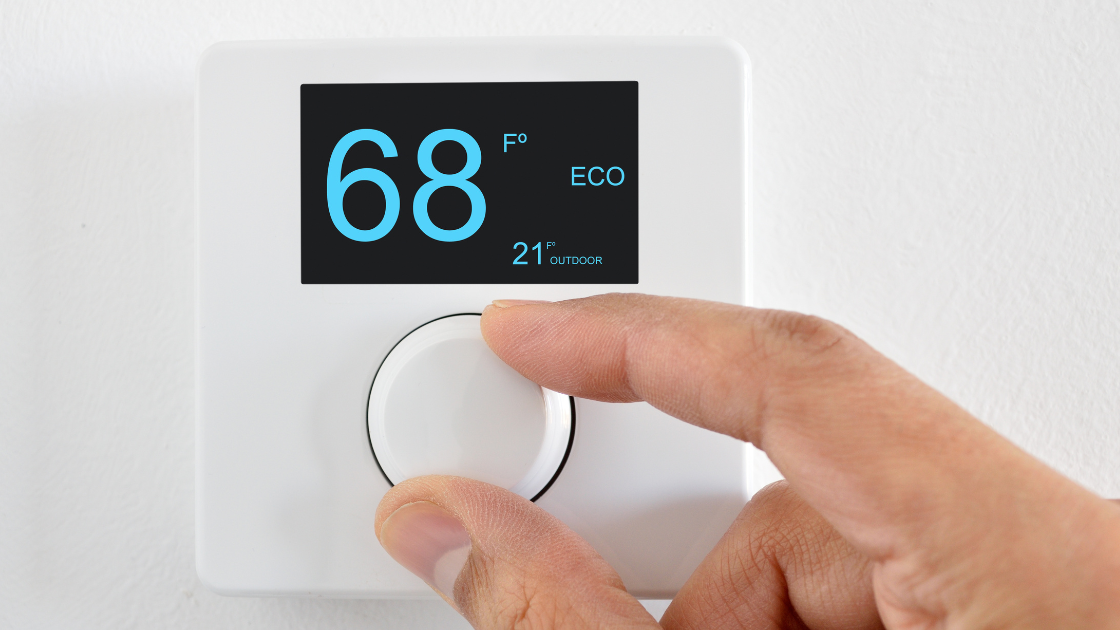
Help! My Heater Won’t Turn Off
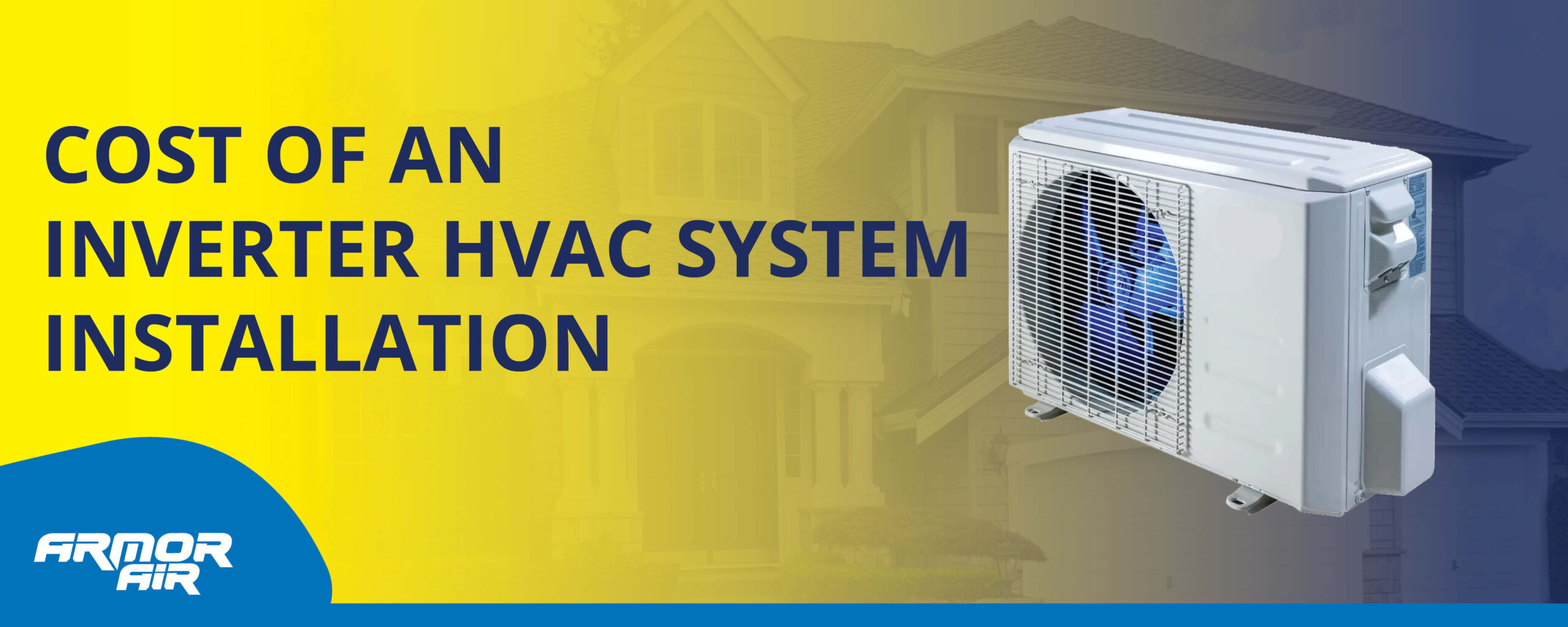
How Much Does an Inverter HVAC System Installation Cost (2025)
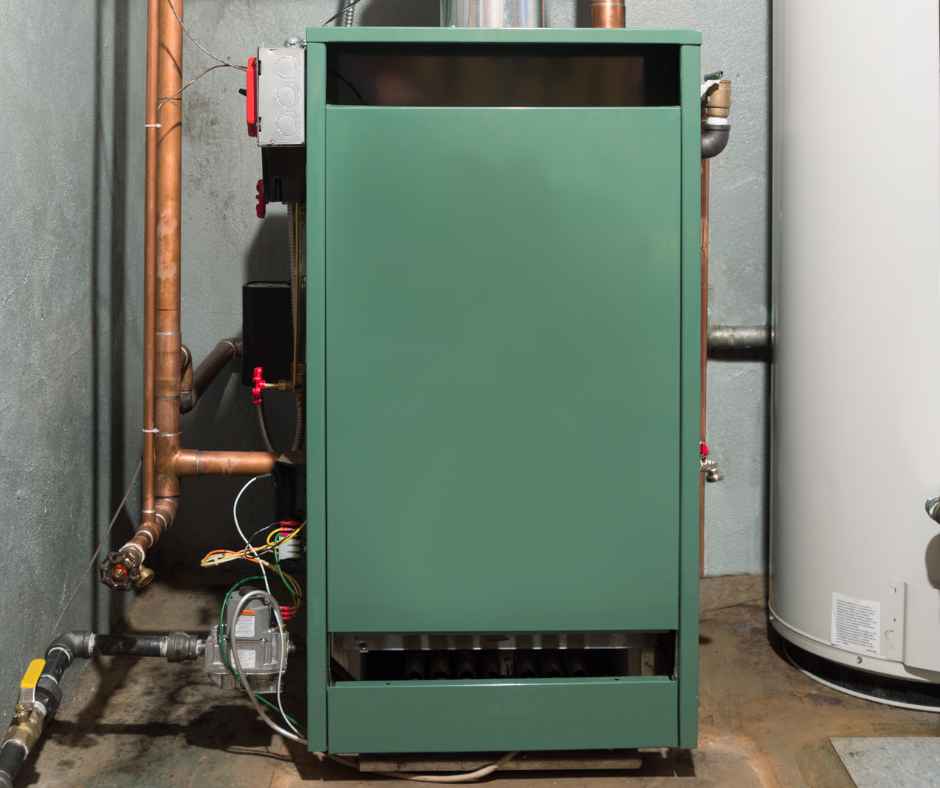
Why Does My Furnace Smell Like It’s Burning?
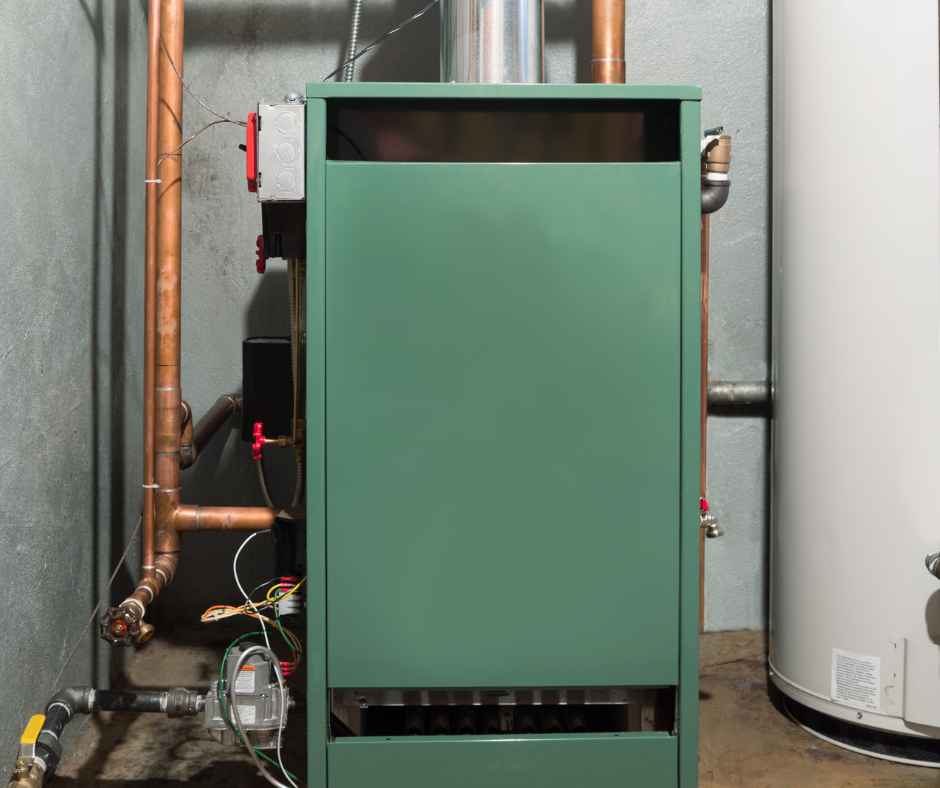
Why Won’t My Heat Turn On?
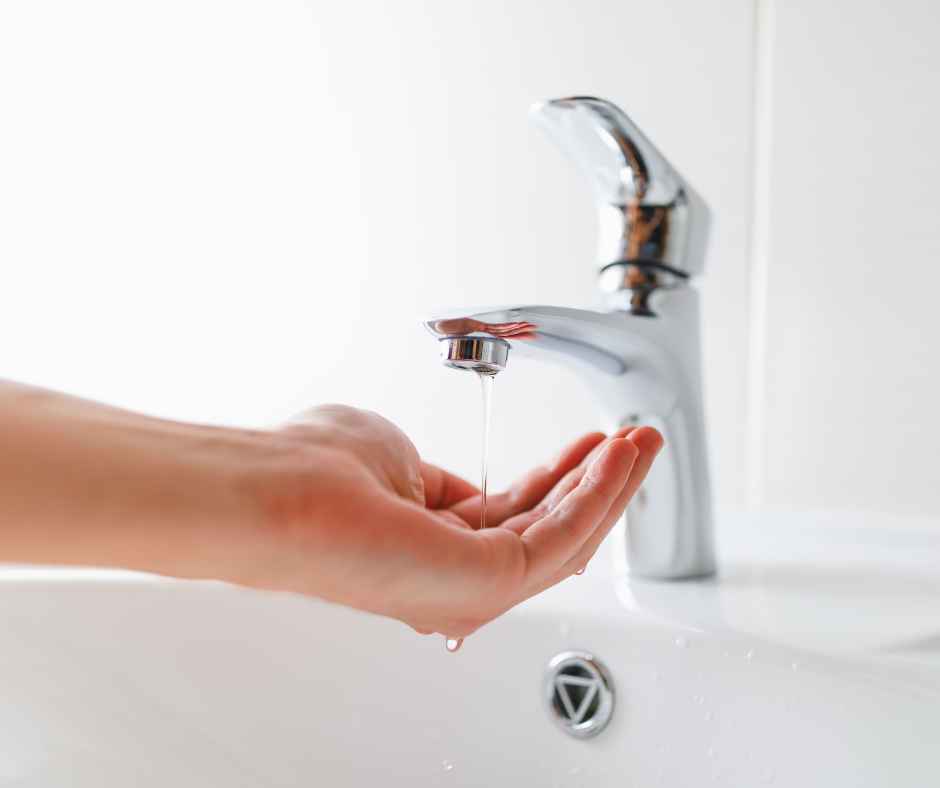
Why is the Water Pressure Low in My House?

Why a Tankless Water Heater Might Be the Best Investment for Your Indianapolis Home?
